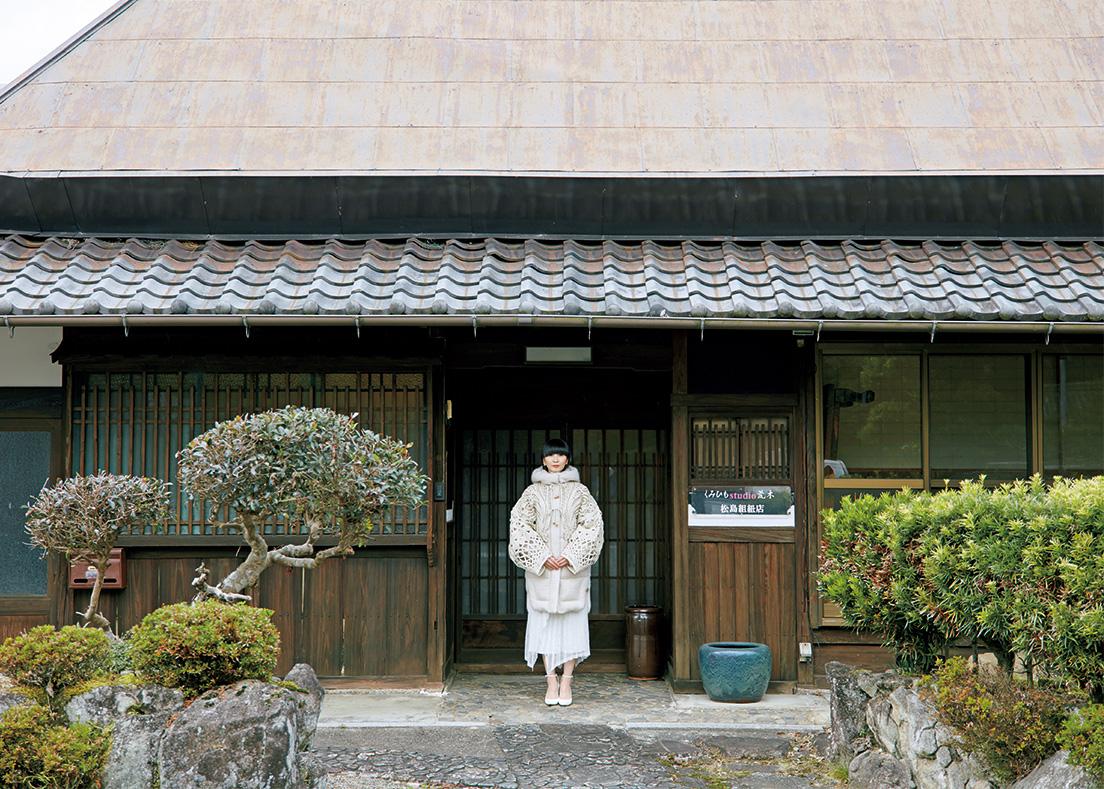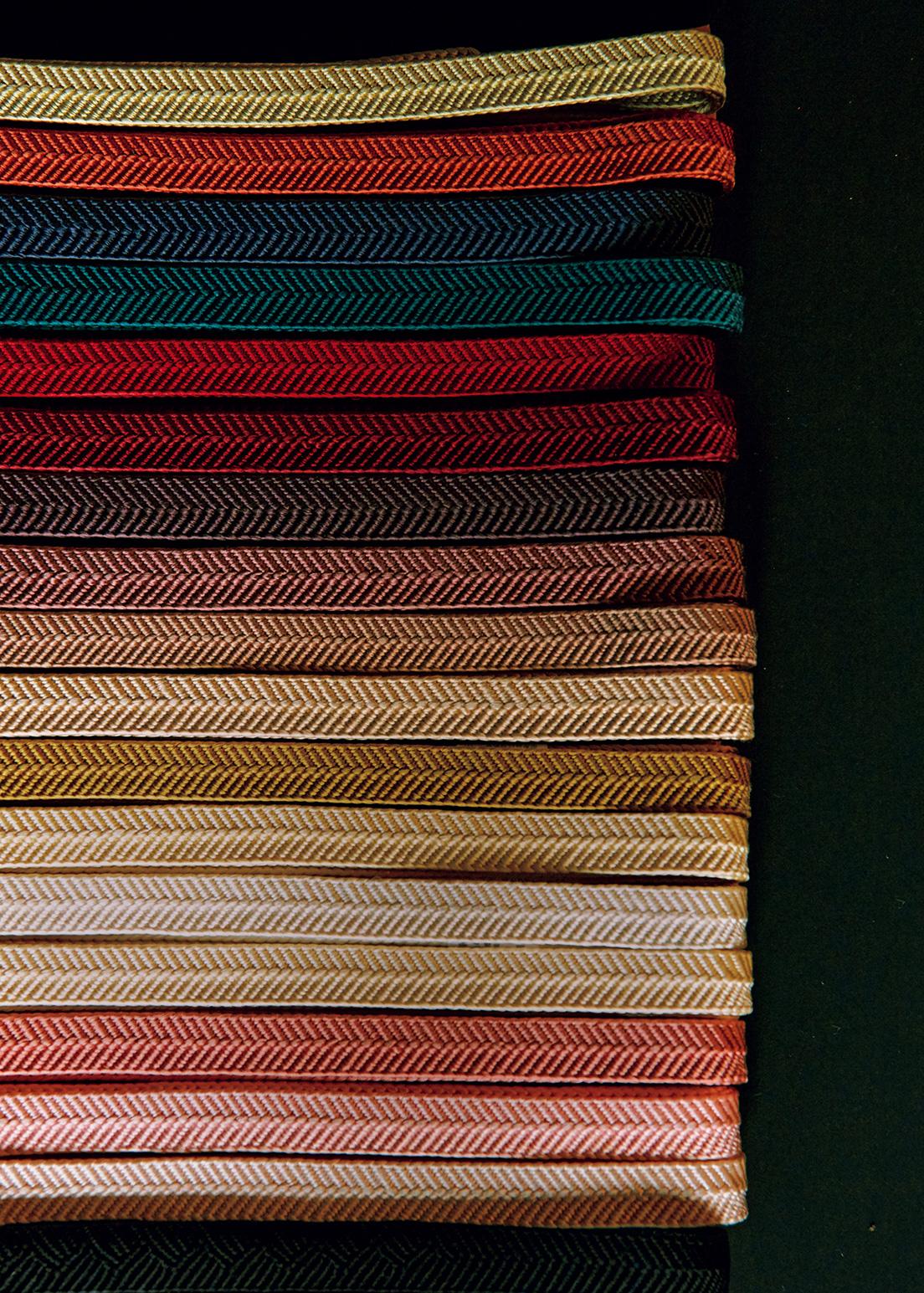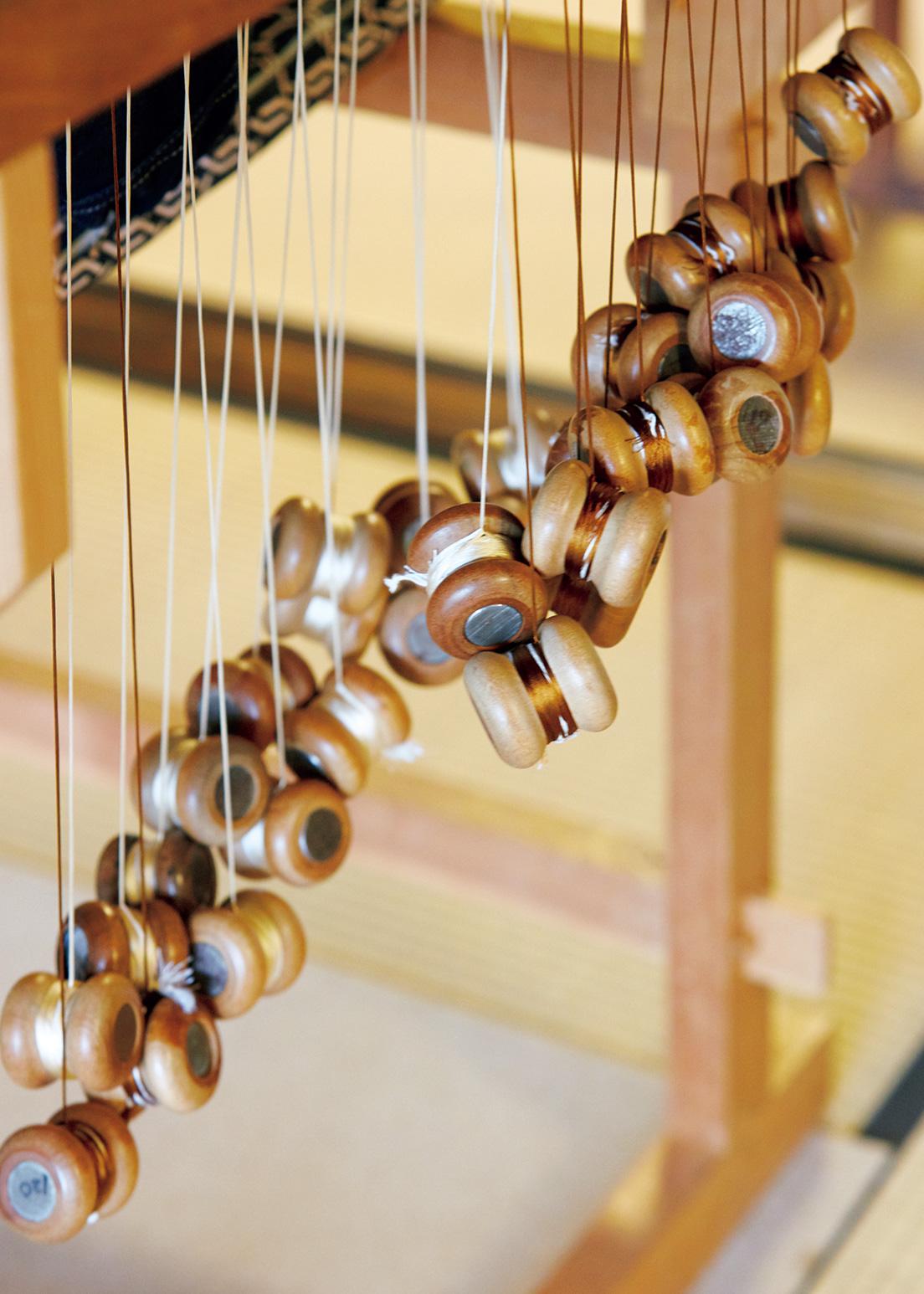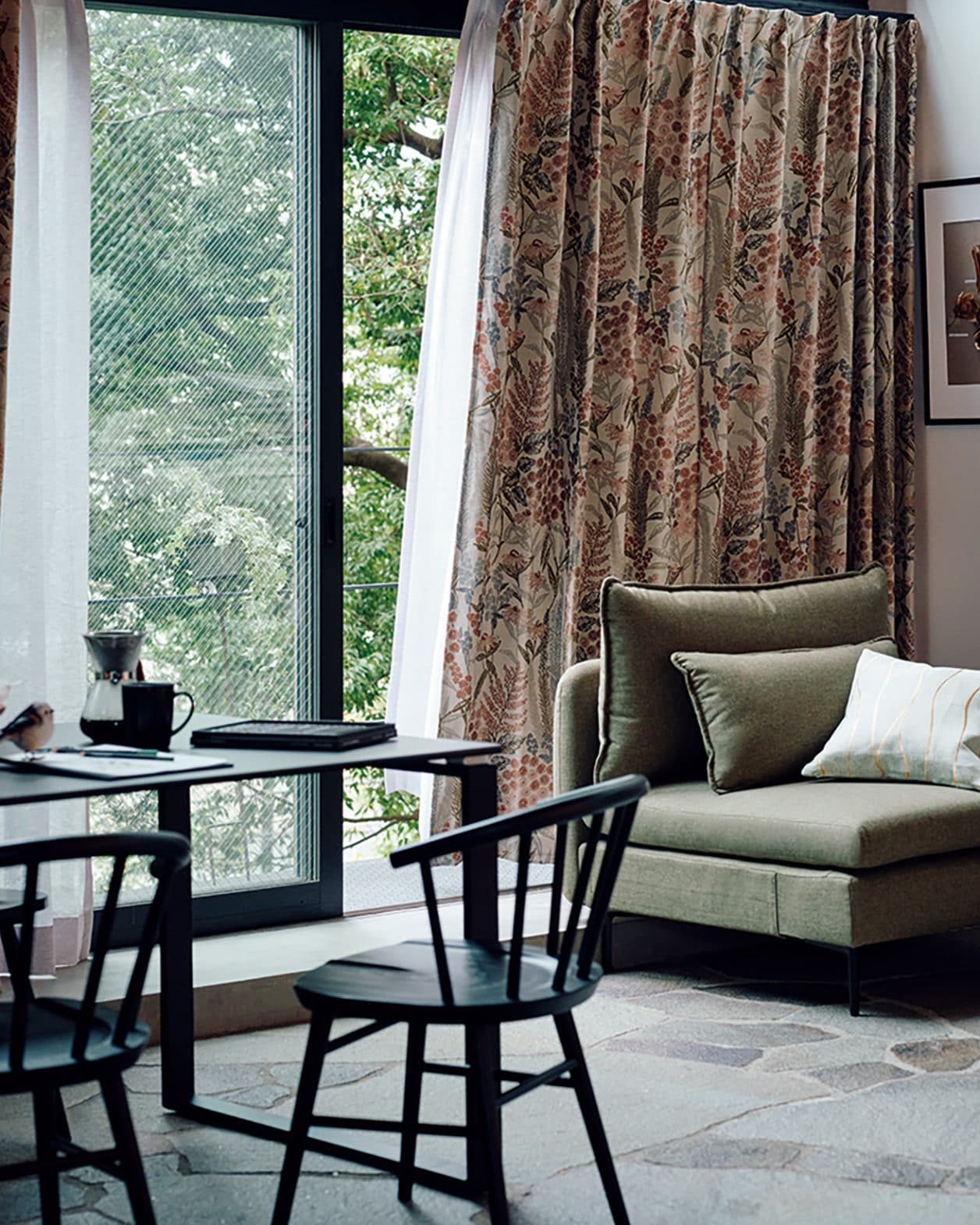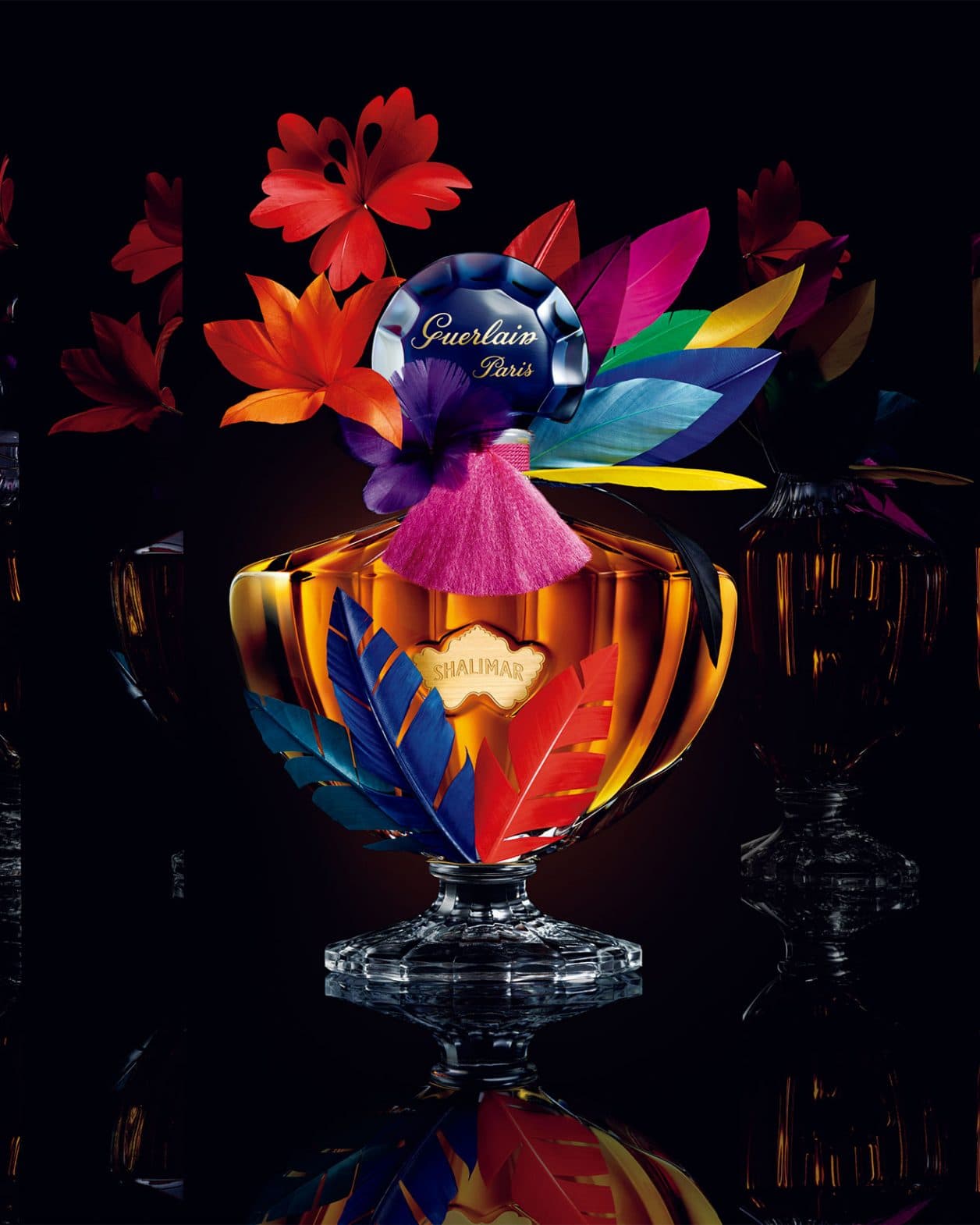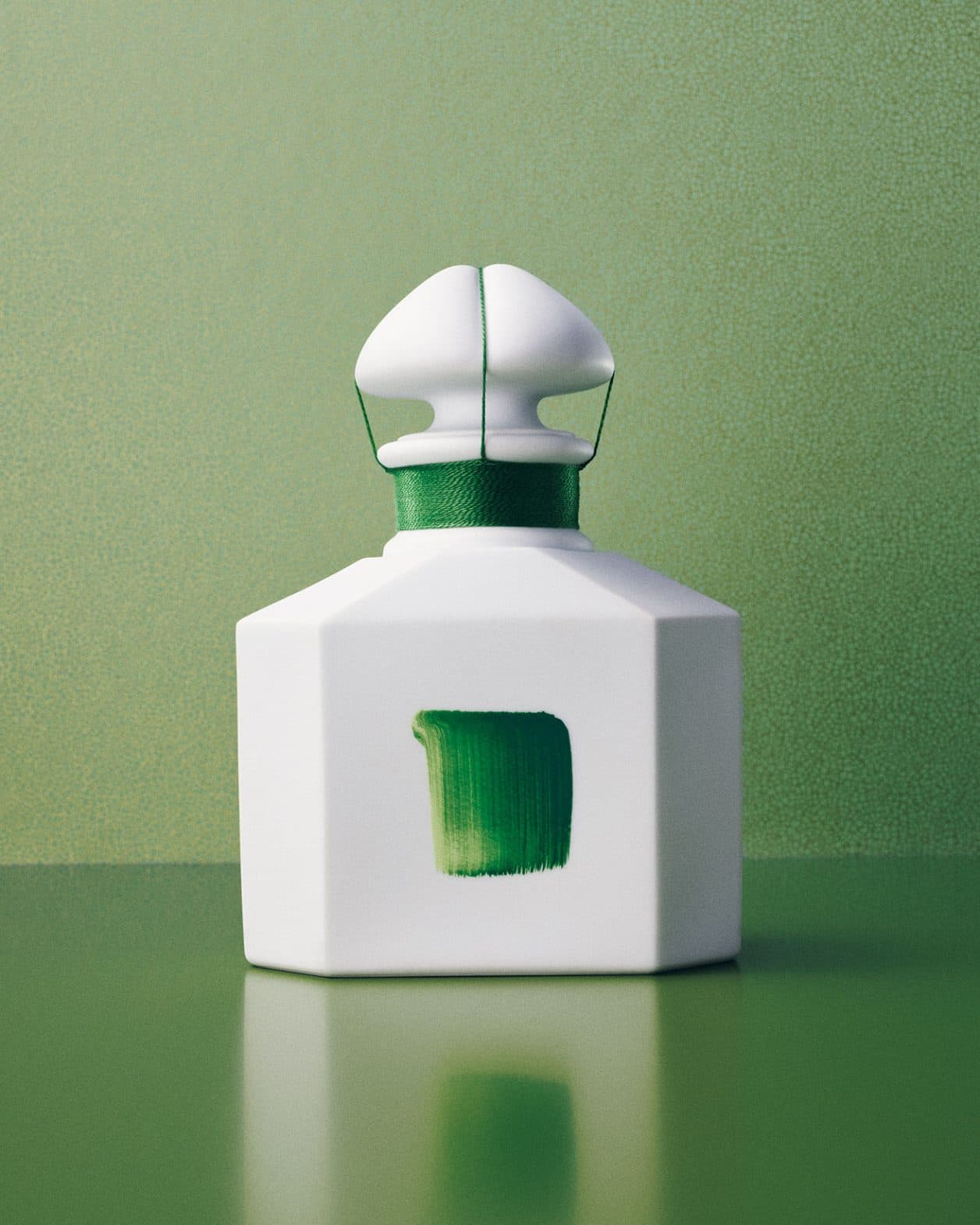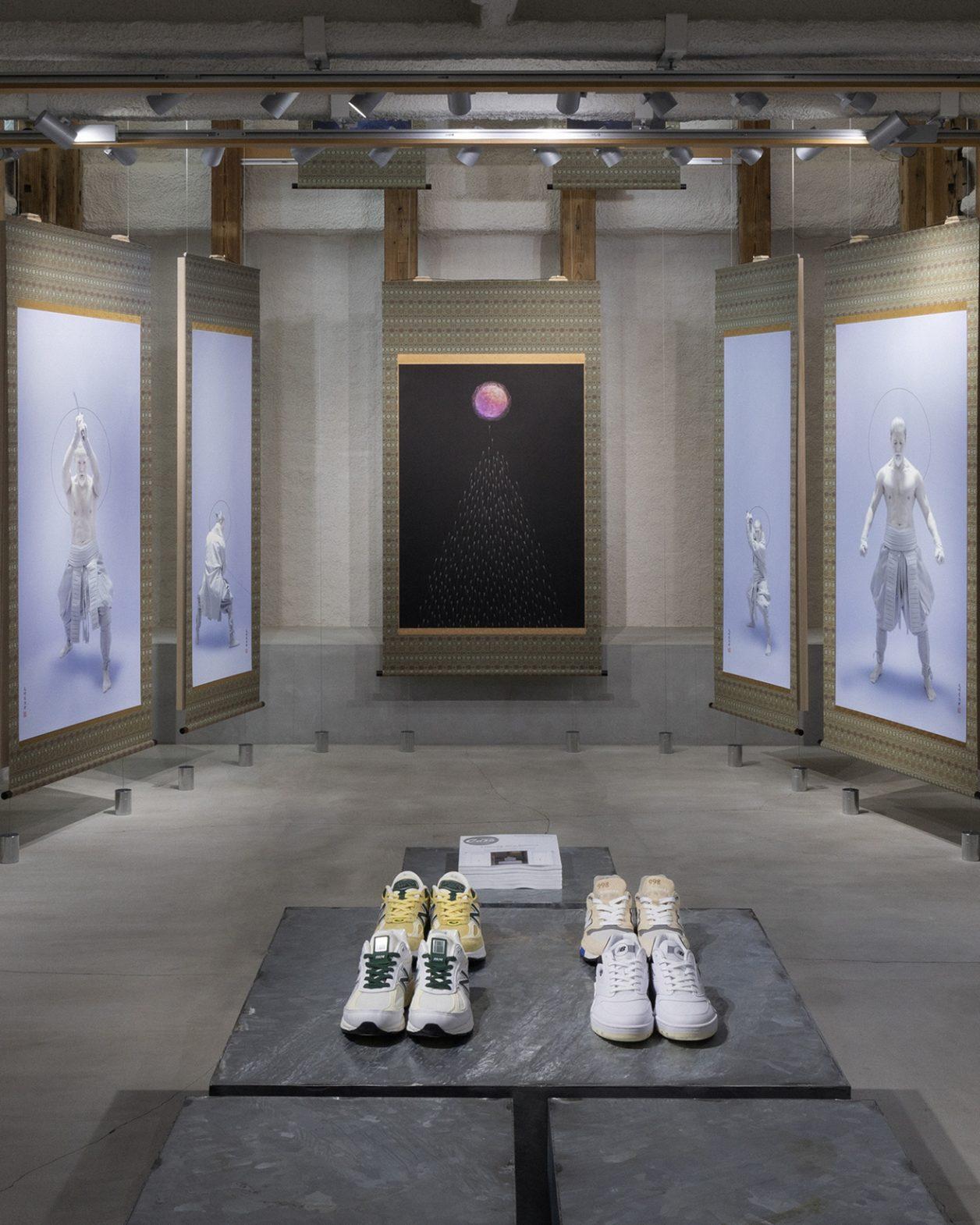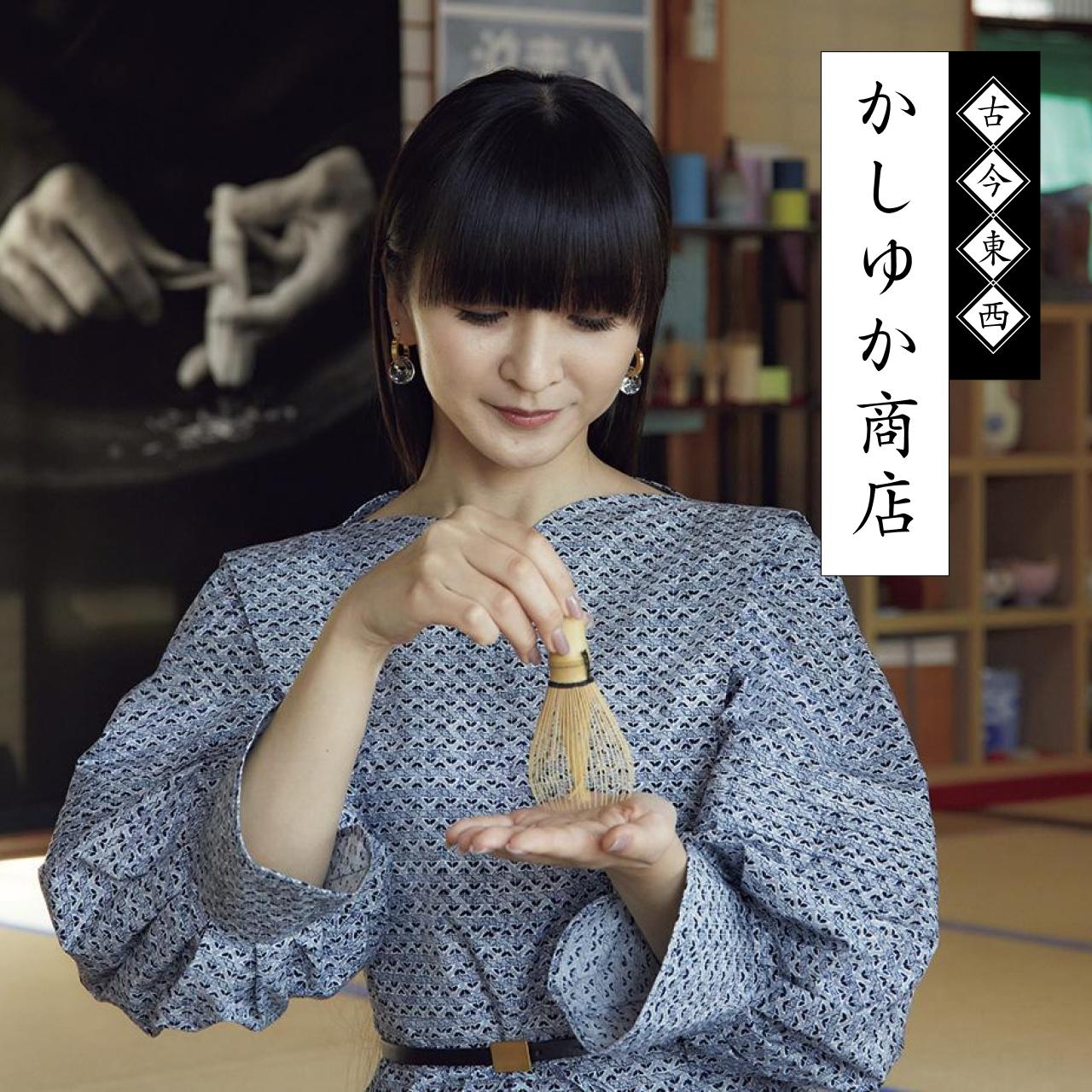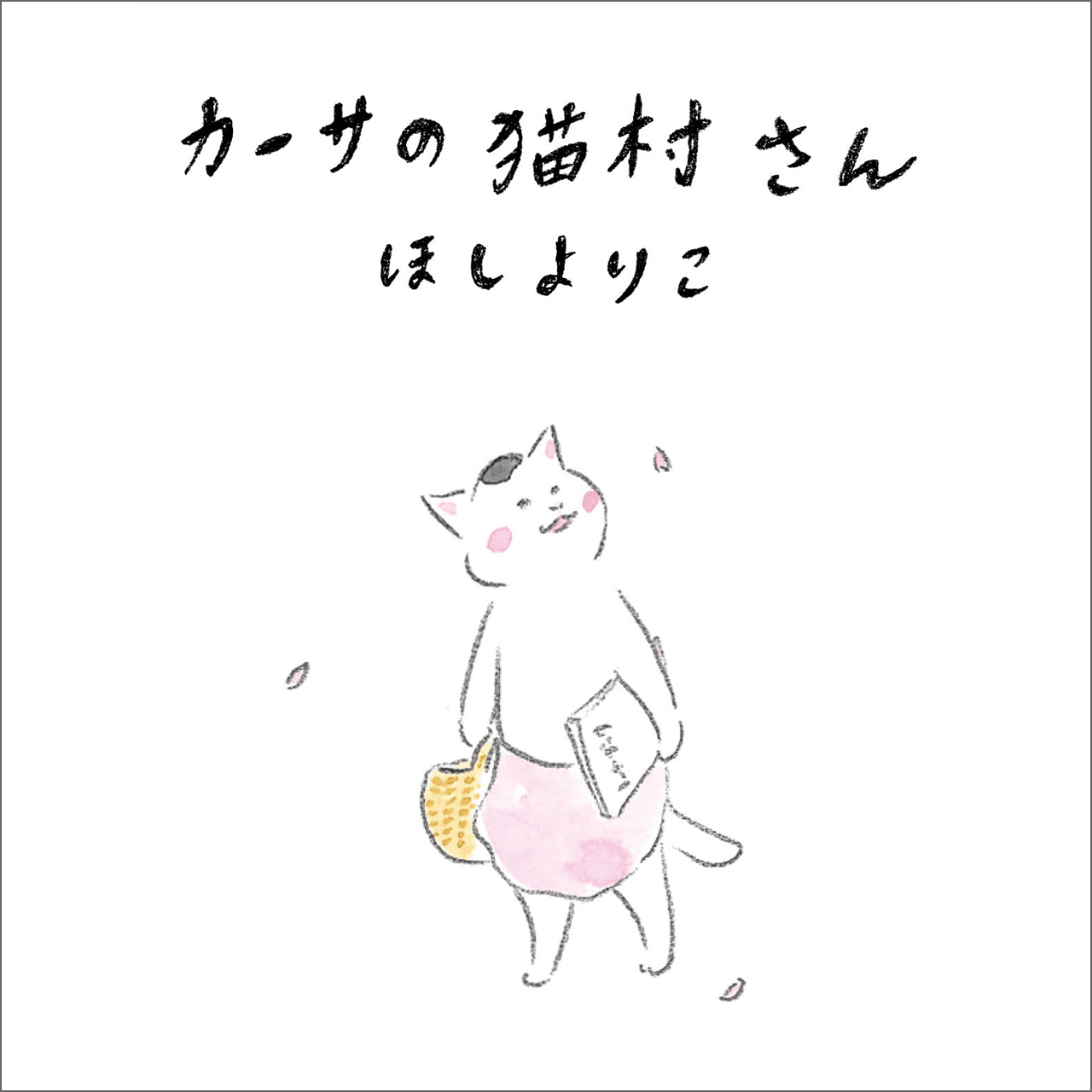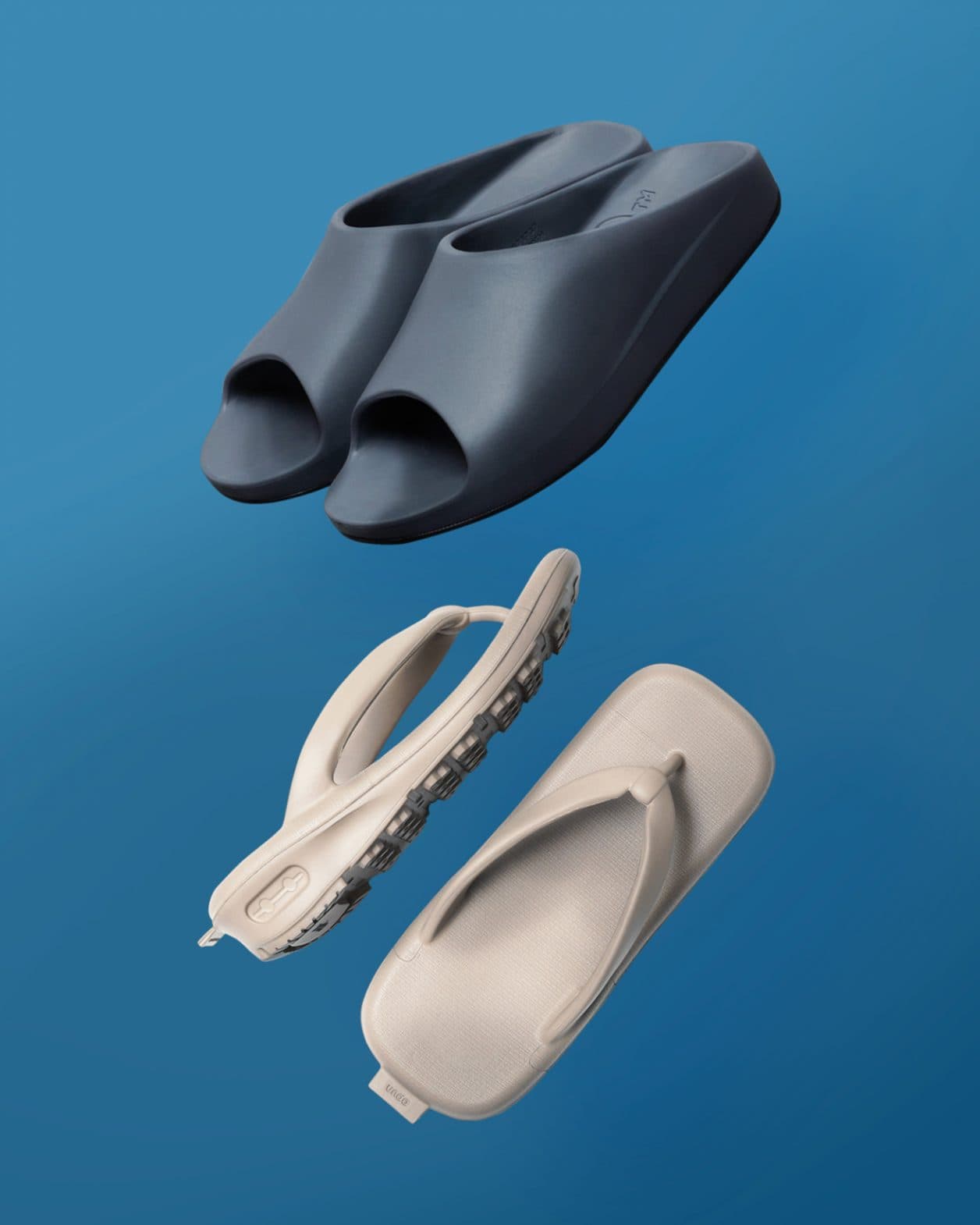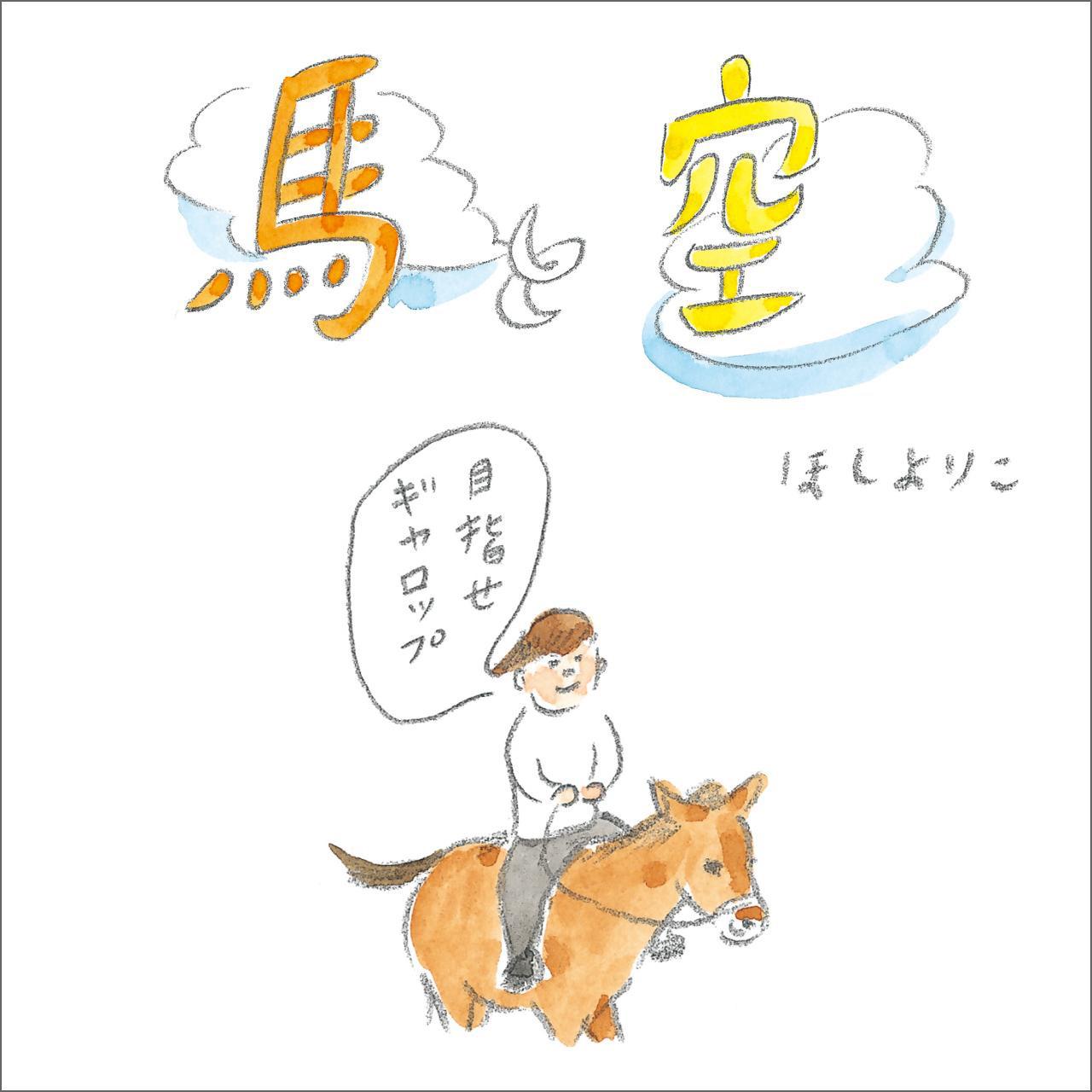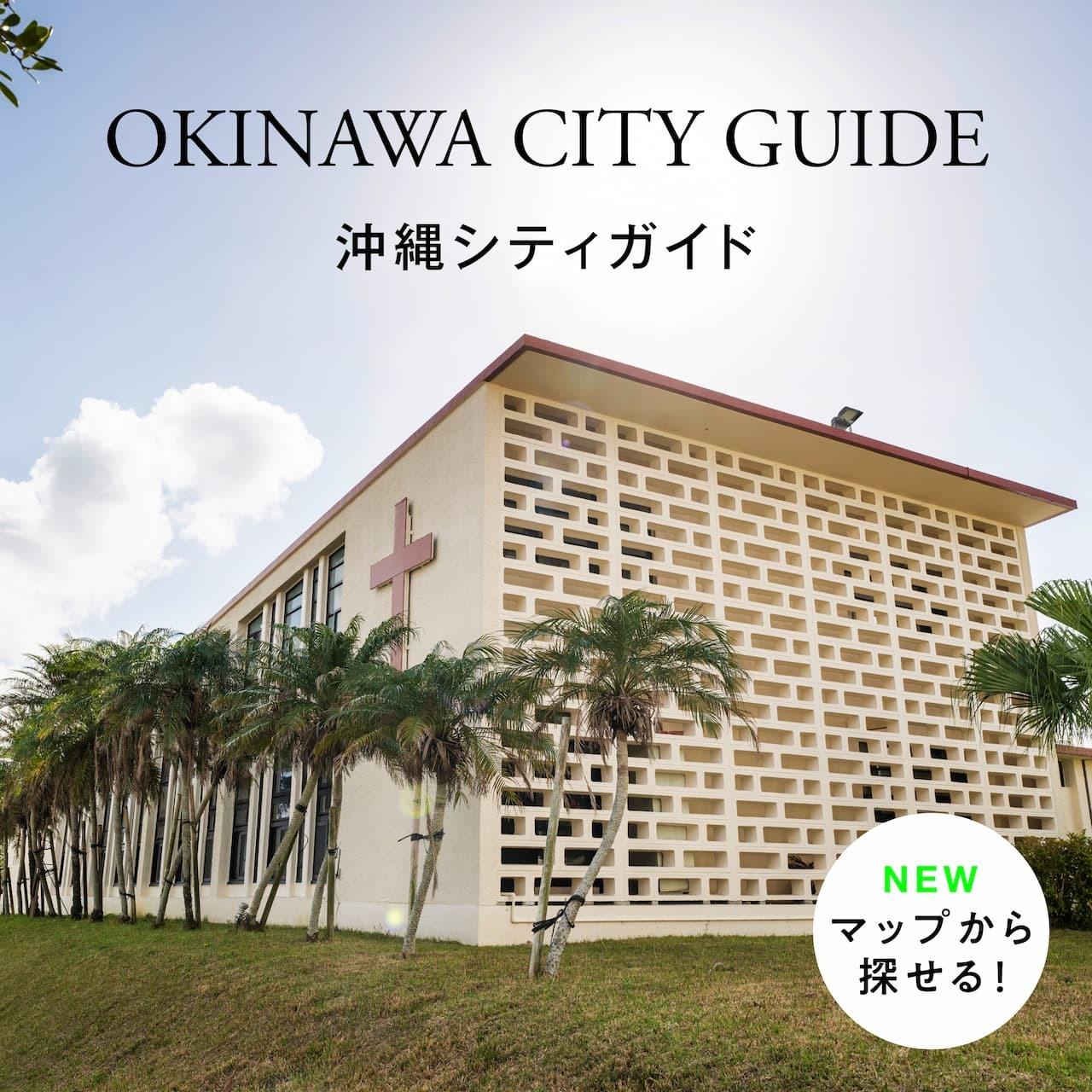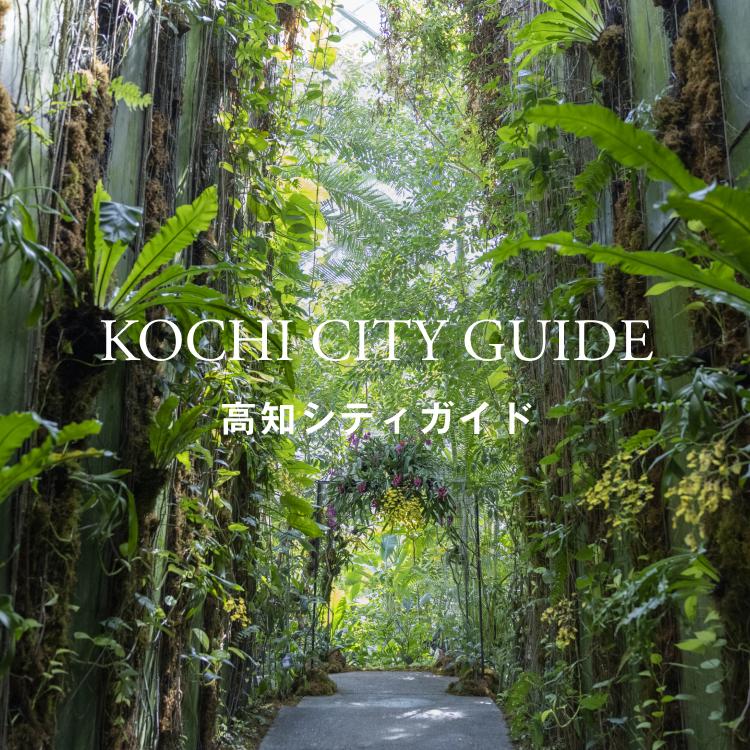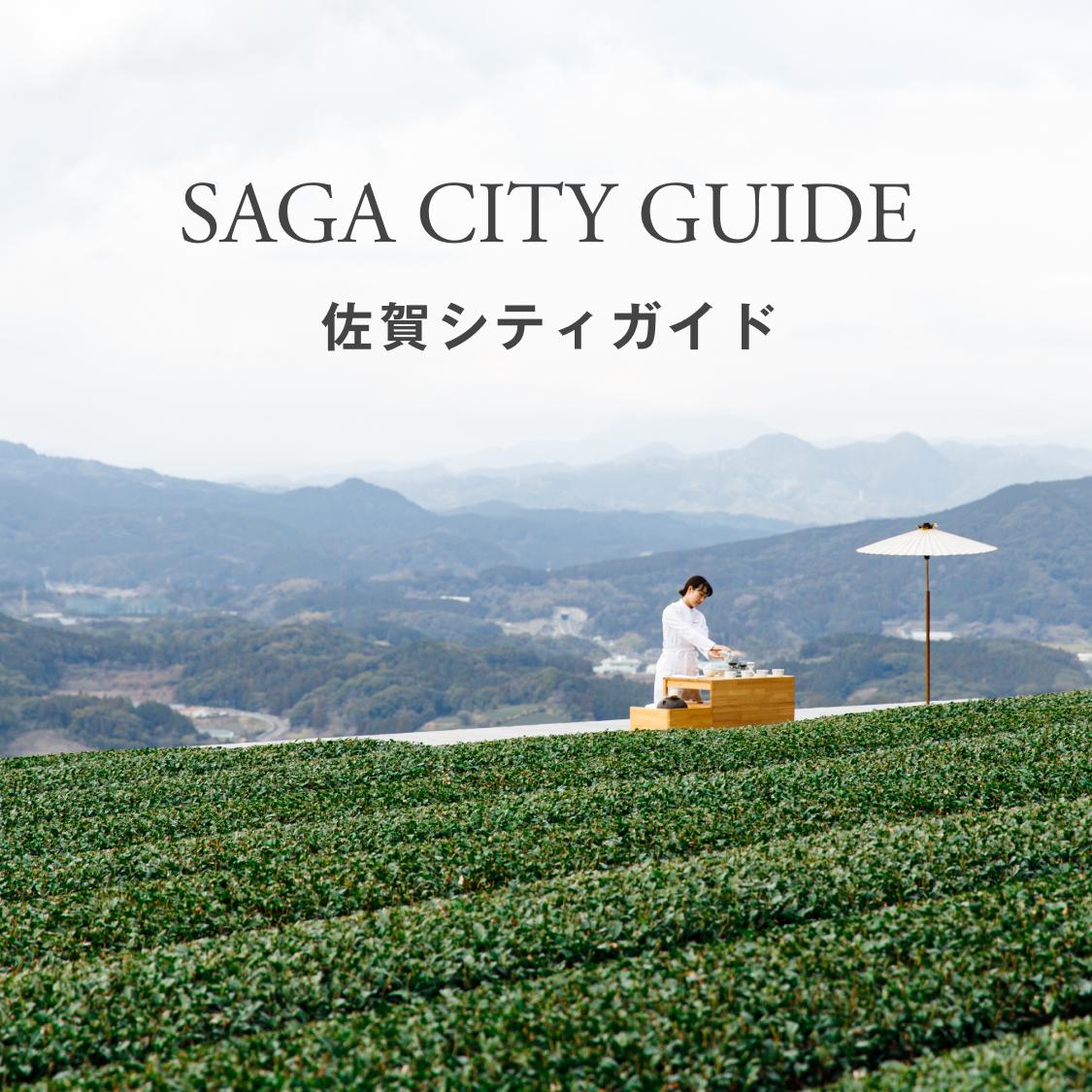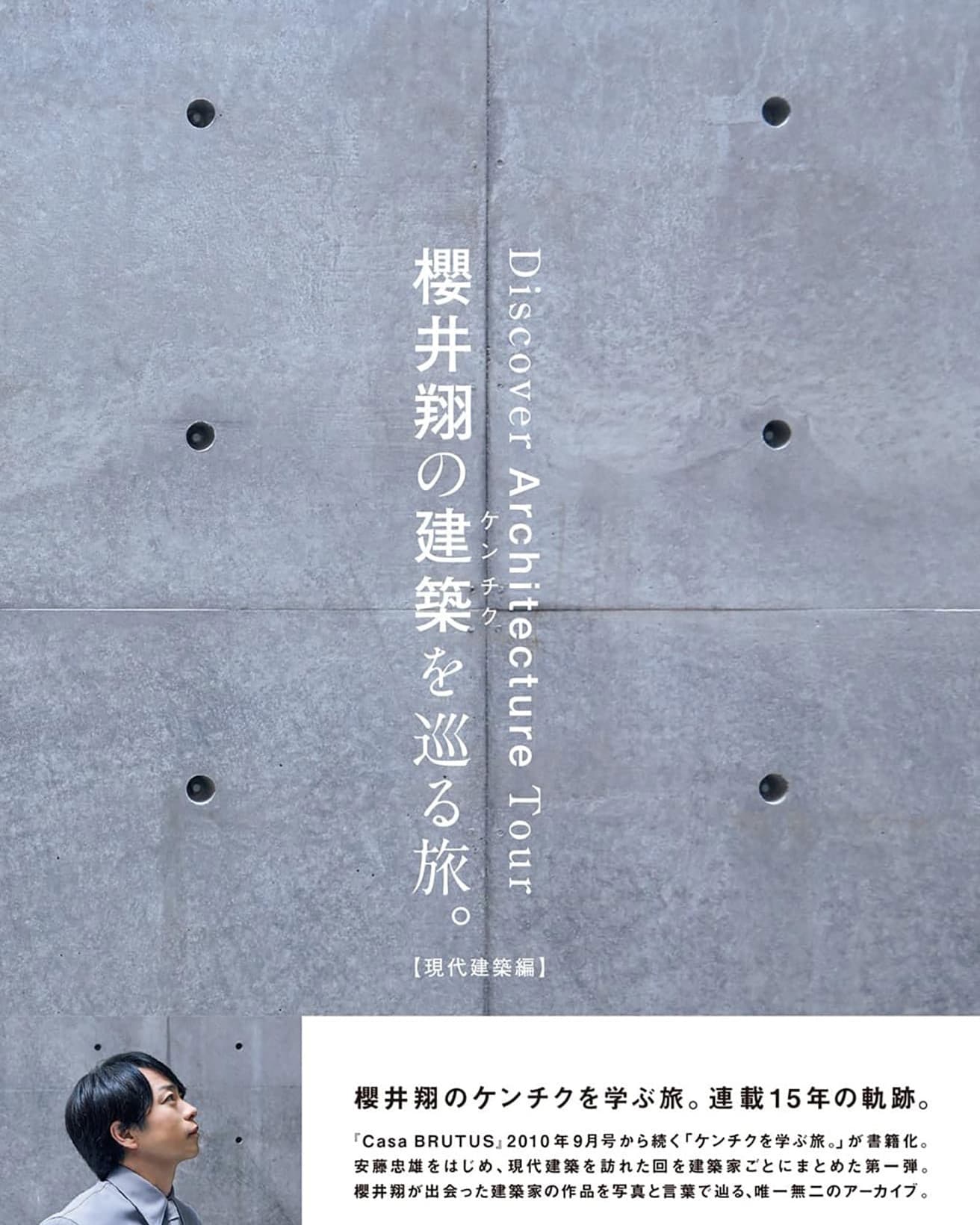DESIGN
Kokontozai: KASHIYUKA’s Shop of Japanese Arts and Crafts /[BRAID]
『カーサ ブルータス』2021年1月号より
| Design | KASHIYUKA’s Shop of Japanese Arts and Crafts | photo_Keisuke Fukamizu hair & makeup_Masako Osuga editor_Masae Wako translation_ Mika Yoshida & David G. Imber
Searching all of Japan for handcrafted items that express its heart and soul, our proprietor, KASHIYUKA, presents things that bring a bit of luxury to everyday life. Her journey this time brings her to Iga, in Mie prefecture. Here she encountered the traditional national handcraft of multicolored obijime, the braided cord used to secure the ornate kimono sash in place, at Iga Kumihimo Studio.
Loading...

